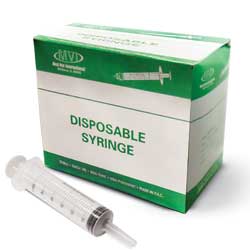- Thread starter
- #41
How's your goose?You're a genius, Kathy, thank you! I went vet / pharmacy hopping this afternoon. The largest I could get from a vet here was 14, but one of the pharmacists found me a size 16 in an old drawer. I just tried it and it worked a million times better than the 12. I think it will do the job nicely!
~Amanda
-Kathy






